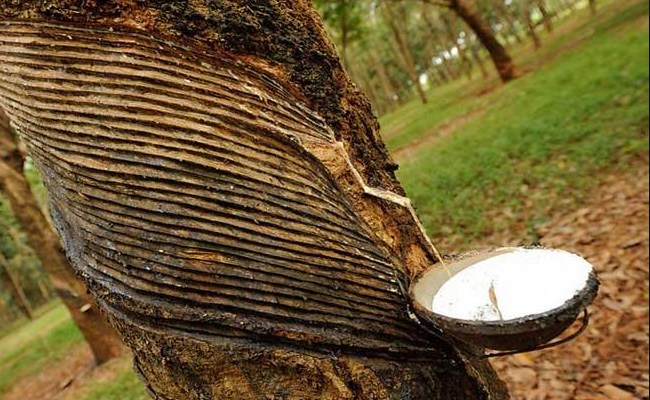Benefits
Since formic acid is an antibacterial agent, it is often added to animal feed to prevent bacterial growth. This substance is also sometimes used as a preservative of human food. Formic acid is also used to create artificial flavors for food and drinks and artificial flavors for perfume. In addition, formic acid is used in tannery, in textile and paper processing and in latex conversion from rubber tree to rubber. Some birds place ants alive among their feathers, a behavior known as earrings. Ants are very frequent, but not always animal ants from members of the formicinae subfamily also exist. Scientists do not know why birds use ants. According to one theory, formic acid released by ants kills mites that attack the skin of birds. Humans use formic acid for the same purpose, namely formic acid used to kill varroa mites and trachea that attack the honeycomb that attacks the bees. Formic acid is used to kill varroa mites and trachea that attack the honeycomb that attacks the bees.
Industrial Uses

One of the most common industrial uses of formic acid is in the production of leather. Because it is so acidic, formic acid has proven itself to be perfect for use in this fashion. Although formic acid is most frequently used in leather production, other industries currently use formic acid in the process of dyeing and finishing textiles. It is also commonly used as a coagulant in many rubber manufacturing processes.
In addition to its use in the leather, textile and rubber industries, derivatives of formic acid have recently been developed to help fight slippery road conditions in countries such as Austria and Switzerland. These countries, which fight bitter winters and very dangerous roads, are now using formates, which are the salts that are derived from formic acid. Not only are these formates more effective than traditional salt treatments, they are also more environmentally friendly. When used properly, formates can greatly increase the gripping ability of otherwise slick surfaces, as well as promote the removal of these surfaces with machines and other technologies.
Agricultural Uses

Agriculture accounts for a very high percentage of formic acid use worldwide. Because of its natural antibacterial properties, formic acid has achieved very high use as both an antibacterial preservative and pesticide. In this industry, it is most commonly used as a food additive, and is frequently added to animal feed and silage. When it is used in silage, it serves a dual function. In addition to providing a certain level of antibacterial support, formic acid actually allows silage to begin fermentation at a lower temperature, greatly reducing the overall time that it takes to produce while increasing the nutritional value of the finished product.